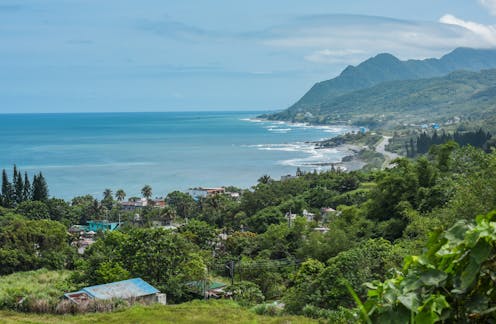Linguistics locates the beginnings of the Austronesian expansion – with Indigenous seafaring people in eastern Taiwan
- Written by Victoria Chen, Senior Lecturer, Te Herenga Waka — Victoria University of Wellington

The study of Indigenous languages spoken in maritime South-East Asia today has shed new light on the beginnings of the Austronesian expansion. This was the last major migration of people spreading out across the Pacific Ocean and, ultimately, settling Aotearoa.
Scientists all agree that people speaking Austronesian languages started out from Taiwan and settled the Philippines around 4,000 years ago. They used sails as early as 2,000 years ago[1]. Together with other maritime technologies, this allowed them to disperse to the islands of the Indo-Pacific ocean.
There they assimilated with existing populations and eventually reached as far as Easter Island to the east, Madagascar to the west, Hawaii to the north and New Zealand to the south.
But linguists had found little evidence about where precisely the migration started and which Indigenous group was involved in the expansion.
Our new research[4] provides this missing linguistic evidence, based on an overlooked grammatical affix. It suggests the Amis of eastern Taiwan are the closest relative of the Malayo-Polynesian people (including Māori) in the Austronesian language family.
This finding complements recent research in archaeology and genetics, which also suggests the Austronesian expansion likely began along the east coast of Taiwan. Contemporary Indigenous groups in this part of Taiwan are known to have long-standing seafaring traditions.
The Austronesian language tree
Austronesian is the second-largest language family in the world. Austronesian languages are spoken from Madagascar to Polynesia, including te reo Māori, and have been the focus of considerable research. But many basic questions remain about the origin and primary dispersal of this language group.
The consensus over the past 50 years had been that Malayo-Polynesian is an Austronesian primary branch with no identifiable closer relationship with any language in the homeland:

















